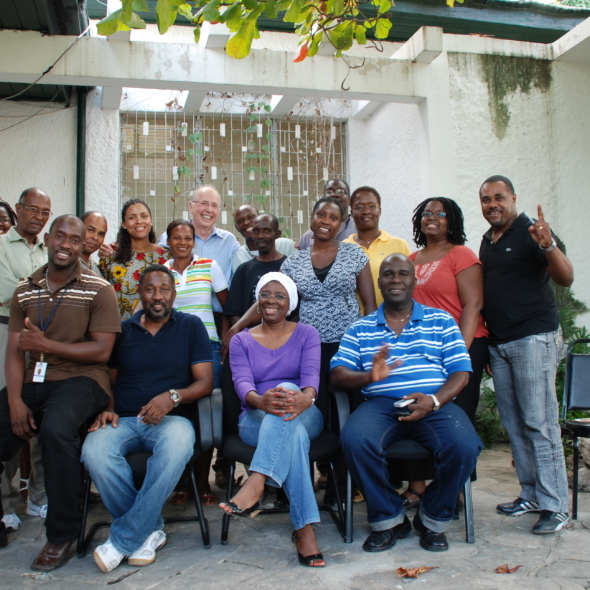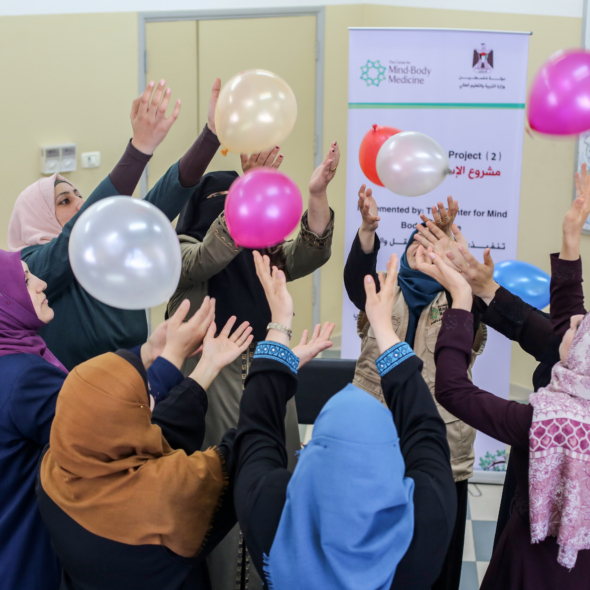When did you begin meditating and why?
Which meditation practice(s) did you choose?
How has meditation affected your life?
I began meditating in 1974 right after medical school.
I was a psychology major in college and deeply influenced by Albert Schweitzer, who had doctorates in music and theology when he went to medical school as a path to lifelong service in Africa.
So, with this mind-body-spirit perspective, I was thrilled to read two groundbreaking articles that Herbert Benson and Keith Wallace published when I was in medical school. In both studies, practitioners of Transcendental Meditation (TM), silently repeating their word (‘mantra’), demonstrated physiological changes of deep rest while awake. Those changes were often even greater than those found during sleep. Benson called these changes the Relaxation Response, which has formed the basis for his work ever since.
Not long afterwards, I discovered that one of the pathology faculty members was meditating behind his closed door for 20 minutes each afternoon. He referred me to his TM teacher and I learned to meditate.
I had a very clear intention for learning to meditate. I wanted to have a healthy way to manage the stress of my upcoming internship- one I had chosen because it was known to be extremely demanding.
I committed to regular morning and afternoon meditation practice throughout that year. It worked. I had a reputation for calmness in emergencies which I attributed to this safe, effective and skillful stress management tool that kept me from resorting unskillfully to psychoactive chemicals.
Today, my personal meditation recipe contains several ingredients- a daily mantra practice and mindful yoga, frequent mindful awareness of daily activities (from Jon Kabat-Zinn and Thich Nhat Hanh), active ‘shaking’ meditation (from Jim Gordon), and Centering Prayer, a traditional Christian practice revived 50 years ago by ThomasMerton. It employs a sacred word or the sacred breath, much like TM and the Relaxation Response.
I also love meditatively reading the mystical Sufi poetry from the Islamic tradition (Rumi and Hafiz). I sometimes sit with Zen friends and I practiced Buddhist Tonglen when sitting with my critically ill mother.
Socially, I bring mindful awareness to emotions and to the heart while dancing Argentine tango (‘dance of the heart’) and waltz.
My lifelong learning is passionately committed to the experiential path of contemplative traditions and meditative practices.
I look forward to meeting you on the path.


